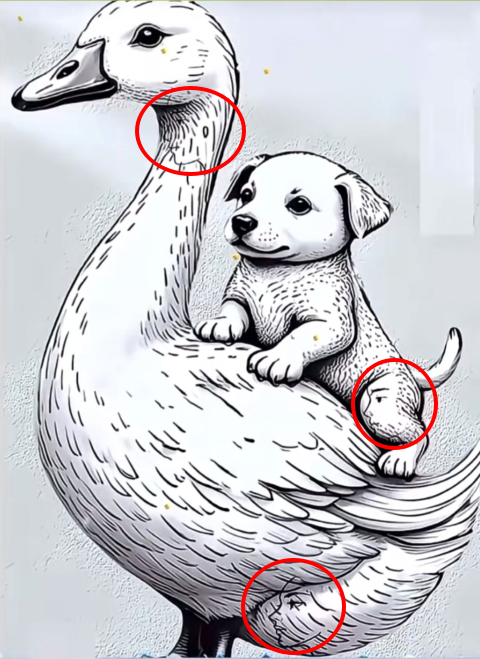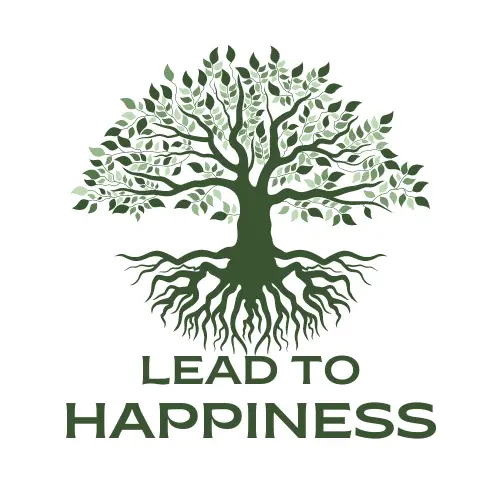Only people with vision above 2.0 can find the three faces in the picture.
The Allure of Visual Illusions and Pareidolia
Have you ever glanced at an image and suddenly “seen” a face in the clouds or a figure in a tree’s bark? That phenomenon—called pareidolia—hijacks our brains’ powerful face‑recognition circuitry, prompting us to find familiar patterns where none truly exist. Artists and puzzle‑makers have long exploited this quirk to craft captivating optical illusions, and the charming scene of a puppy hitching a ride on a proud goose is no exception. Beneath its sweet surface, this illustration hides multiple human profiles waiting to be uncovered. Ready to sharpen your perception and delight in each “Aha!” moment? Let’s dive in!

Meet the Goose‑and‑Puppy Puzzle
At first blush, you see a gentle goose standing tall, its neck gracefully curving skyward. Perched atop its broad back is an eager little puppy, paws gripping feathers as it peers into the distance. Rendered in crisp black‑and‑white lines, the scene feels both whimsical and serene—a vintage‑style drawing that invites closer inspection. But look again: seams, shadows, and feather strokes double as eyebrows, noses, and lips. Each clever contour conceals a miniature human face, camouflaged within the animal forms.
Why Our Brains Are Wired to See Faces
Evolution favored anyone who could spot a predator’s gaze or a fellow tribe member’s expression halfway across a clearing. That urgency to detect faces runs so deep that today, we still scan random visuals for familiar features. Spotting a hidden face in a cloud or leaf patch triggers a mini dopamine rush—our brain’s way of high‑fiving itself for a successful pattern match. Optical illusions tap into this reward system, providing simple yet profound pleasure as we uncover each secret profile.
.
.
.
.
.
.
.
.
Answer:



